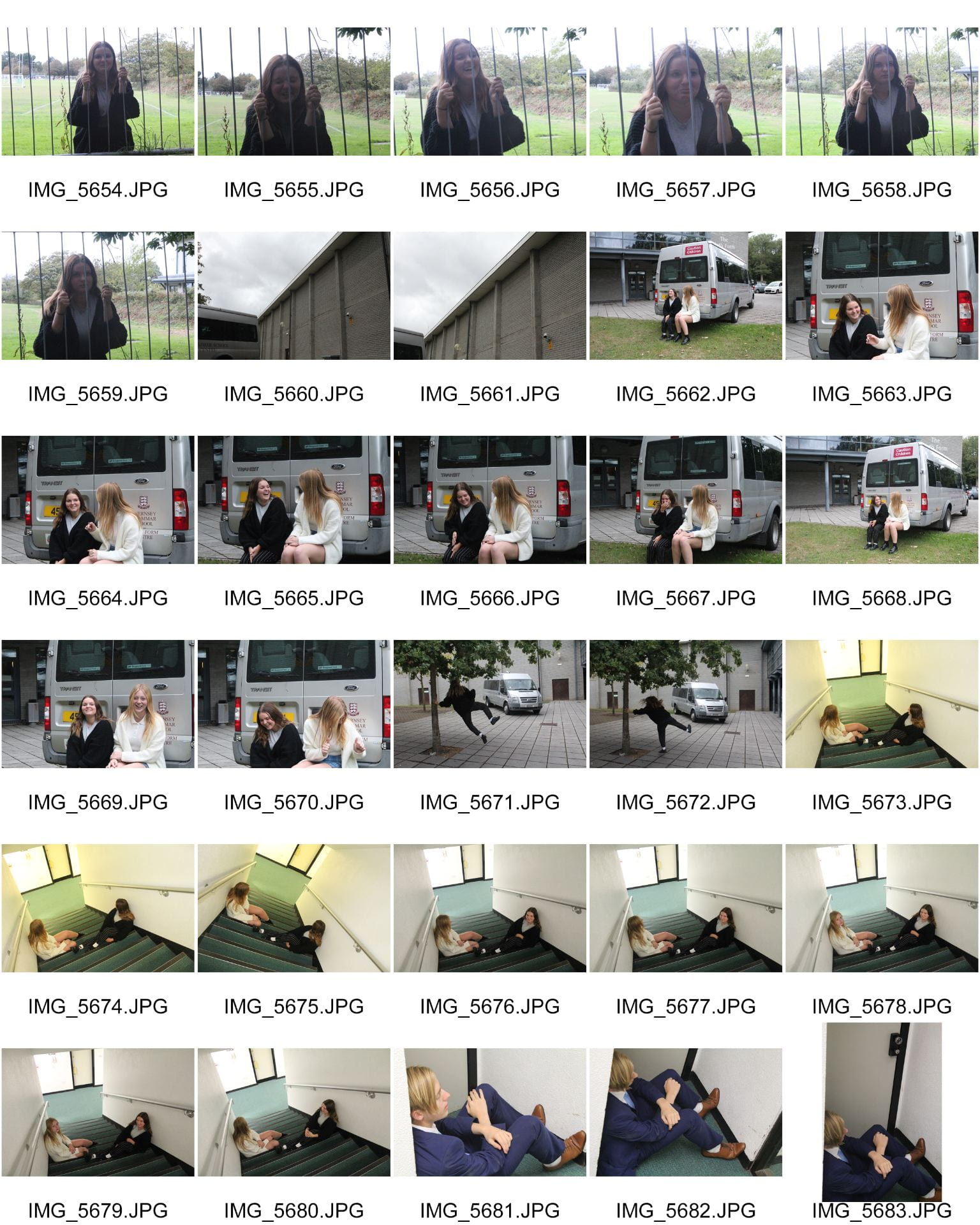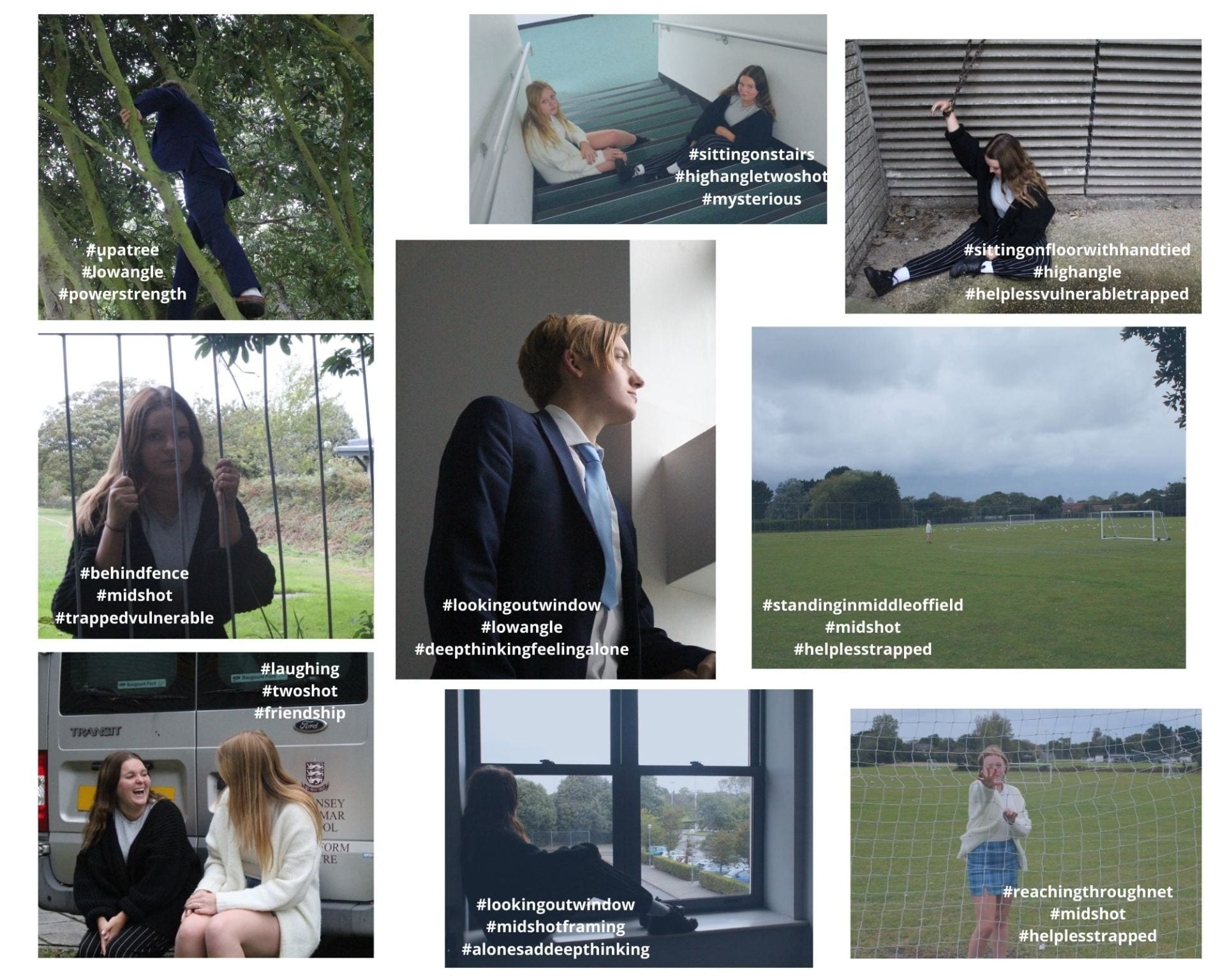By creating this mood board for the genre of Pop, it has helped me to understand numerous things in order to produce the best possible tour poster. I will have to consider AIDA to create a successful poster:
- Attention
- Interest
- Desire
- Action
To allow my poster to draw attention in from the audience I will have to include a high contrast in colours, have big and bold, yet simple font, make the star of the tour clearly visible (it is conventional for the poster to abide to the rule of thirds so that it catches the readers attention first, but doesn’t keep their attention focused there), it is also very conventional for Pop genre tour posters to come across very simple to the eye. Although the colour palette is varied across all the posters that I have imported above, for each poster the colours all allow the star and the writing to stand out on the page – a key thing to remember when designing my own tour poster. To make the audience interested in the poster itself I will ensure that it has all the tour dates on the poster yet make them simple and short enough so that the reader doesn’t become too overwhelmed with information. It is also important to make the poster desirable, and a tour that a Pop fan would like to attend. To do this I must make the star central and ensure the name doesn’t go unnoticed – it must be attractive to look at. Action is also necessary in AIDA. The ultimate goal is to persuade the audience to initiate action and purchase the product – in this case end up going to the tour advertised on the poster.
Taking all of this into consideration when designing my Pop tour poster, I feel I will be able to allow it to make my tour poster conventional yet unique so that the audience is not disappointed.
My Final Tour Poster
Reflection
I think that my tour poster is conventional for the pop music genre as it includes typefaces that are typically used on pop tour posters and colour schemes that can be associated with the genre. I have tried hard to ensure that my tour poster is conventional yet unique so that the audience is drawn in. I think the part that is most unique about it is the design I have opted for, for the tour dates. I have yet to come across a poster for a pop tour where the dates are enclosed in coloured boxes. The thing I liked most about my poster is the colour scheme I have used. As I have used blue it has allowed me to be able to use many different shades that still stand out. I also like the typefaces that I have used as they are legible yet conventional and eye catching. The thing that I would improve upon if I was to do the task again would be to probably change the image so that the hand does not take up as much space as it currently is. I feel the face needs to be bigger and more central as that is meant to be the main focus of the poster. Overall, I am happy with the design and the messages it conveys. I think that it would be a successful poster for this specific tour.
This will help me in future media projects as this task has demonstrated to me how to follow AIDA and address a clear call to action. I have a clear understanding of Photoshop and Indesign which will massively assist me in designing my music magazine. I now know how colour schemes work together on a page and what types of font are most legible. By completing this task I feel I will be able to make a successful music magazine with my new-found knowledge of media design.






